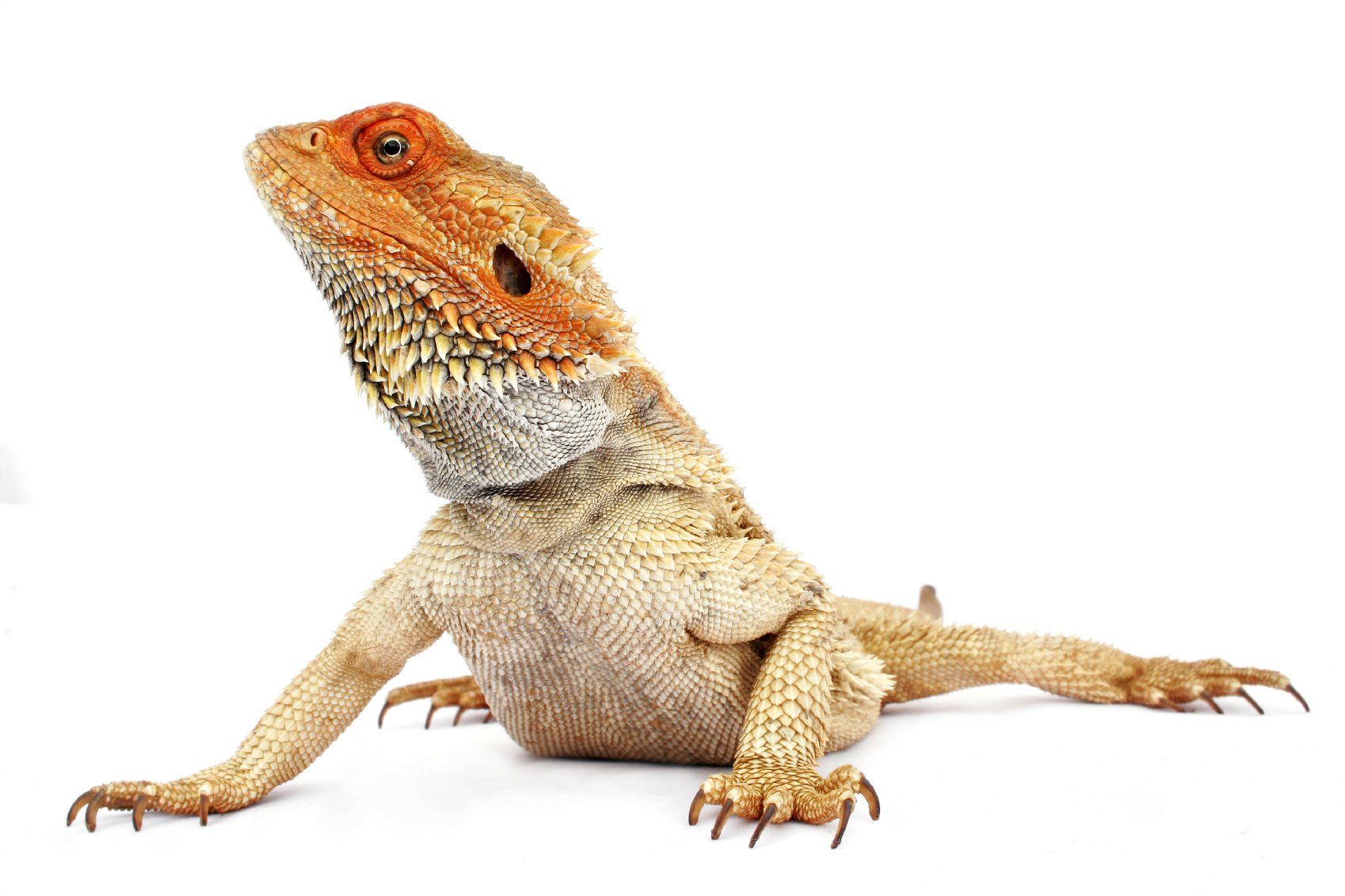Environment
Nutrition
Skin problems
Respiratory
Reproductive
Gastro
Lumps & Bumps
Anaesthesia & Surgery
Reptile clinics are run by Simon Shore
TRAUMA
Unfortunately, life is full of mishaps and even when your life is mostly spent in the apparent safety of a vivarium, accidents happen. Many reptiles lead solitary lives and bites are not uncommon when 2 or more are kept together. The tendency of snakes to suffer burns is discussed under the "skin problems" page.
ROSTRAL TRAUMA
This is most often seen in wild caught animals but can also be seen in captive bred. Some reptiles just cannot understand the transparency of glass and will constantly rub their noses against it causing erosive lesions on the rostrum. One of the worse cases I have seen was in Barcelona Zoo (below) which shows that even the professionals can get it wrong. These animals simply cannot be kept in a glass sided vivarium.
PREDATOR ATTACK
This unfortunate tortoise was found by the family dog who obviously decided it was a toy to chew on.
FRACTURES
Just as you should never underestimate the ability of snakes to burn themselves, you should also not underestimate their ability to escape and get into trouble by squeezing through narrow spaces and bringing objects crashing down onto them. They also, I suspect tend to get trodden on.
This picture is from a corn snake that presented with paralysed and flaccid distal half. Radiograph shows 2 spinal fractures. MBD will also weaken bones and predispose to fractures (see nutritional problems).
TAIL INJURIES
These are particularly common in lizard species like the iguana with long whippy tails. Trauma or trapping frequently leads to fractures, infections and often gangrene. When gangrene sets in it tends to spread up the tail and tails in this sort of condition should be amputated.
Some lizards such as the leopard gecko can perform "autotony"- the spontaneous shedding of the tail when stressed or roughly handled. Obviously this is undesirable and lizards should be handled with this in mind. Lizards should never be restrained by their tails.
The effectiveness of this strategy (to distract predators) can be seen when a damaged tail is amputated; as soon as the spinal chord is severed, the amputated section of tail will start thrashing about and will continue to do so for many minutes.
TRAUMA
Unfortunately, life is full of mishaps and even when your life is mostly spent in the apparent safety of a vivarium, accidents happen. Many reptiles lead solitary lives and bites are not uncommon when 2 or more are kept together. The tendency of snakes to suffer burns is discussed under the "skin problems" page.
ROSTRAL TRAUMA
This is most often seen in wild caught animals but can also be seen in captive bred. Some reptiles just cannot understand the transparency of glass and will constantly rub their noses against it causing erosive lesions on the rostrum. One of the worse cases I have seen was in Barcelona Zoo (below) which shows that even the professionals can get it wrong. These animals simply cannot be kept in a glass sided vivarium.
PREDATOR ATTACK
This unfortunate tortoise was found by the family dog who obviously decided it was a toy to chew on.
FRACTURES
Just as you should never underestimate the ability of snakes to burn themselves, you should also not underestimate their ability to escape and get into trouble by squeezing through narrow spaces and bringing objects crashing down onto them. They also, I suspect tend to get trodden on.
This picture is from a corn snake that presented with paralysed and flaccid distal half. Radiograph shows 2 spinal fractures. MBD will also weaken bones and predispose to fractures (see nutritional problems).
TAIL INJURIES
These are particularly common in lizard species like the iguana with long whippy tails. Trauma or trapping frequently leads to fractures, infections and often gangrene. When gangrene sets in it tends to spread up the tail and tails in this sort of condition should be amputated.
Some lizards such as the leopard gecko can perform "autotony"- the spontaneous shedding of the tail when stressed or roughly handled. Obviously this is undesirable and lizards should be handled with this in mind. Lizards should never be restrained by their tails.
The effectiveness of this strategy (to distract predators) can be seen when a damaged tail is amputated; as soon as the spinal chord is severed, the amputated section of tail will start thrashing about and will continue to do so for many minutes.


